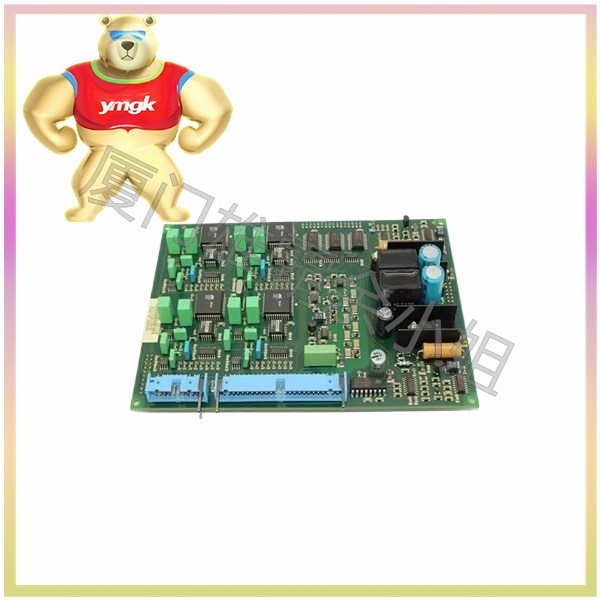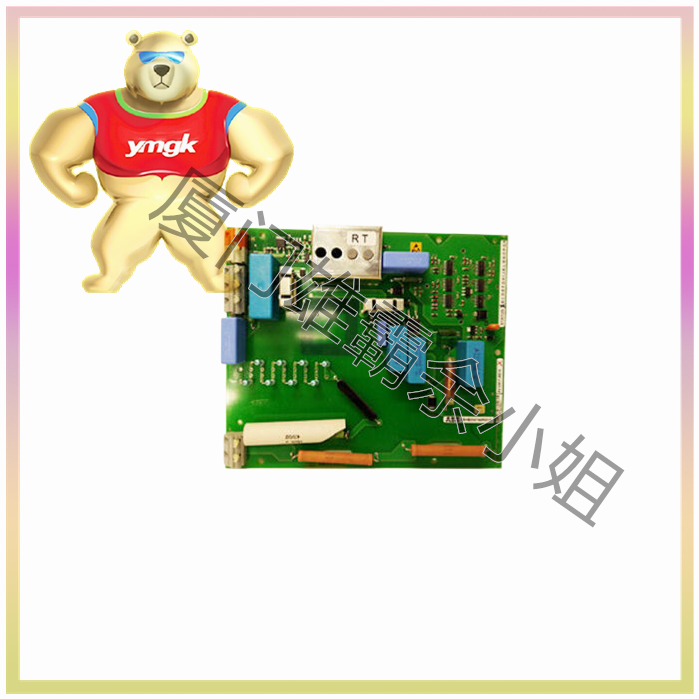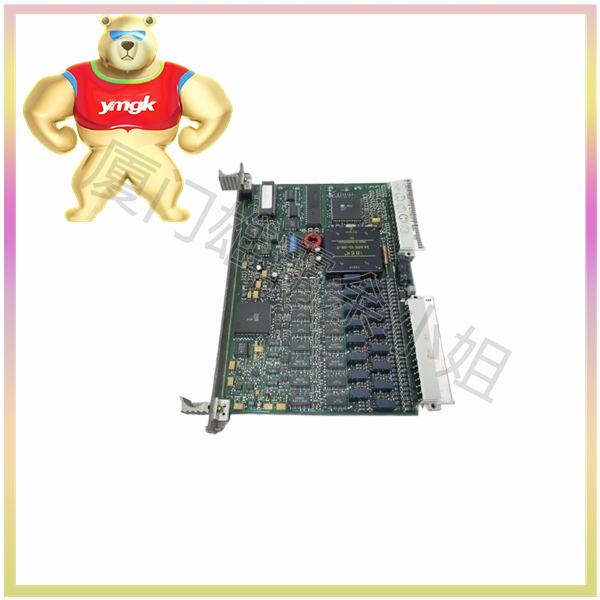The input impedance is the ratio of input voltage to current, i.e. Ri=U/I. Under the same input voltage, if the input impedance is low, a larger current needs to flow, which tests the current output capability of the previous stage; If the input impedance is high, only a small current is required, which greatly reduces the burden on the current output capability of the front-end. So in circuit design, try to increase the input impedance as much as possible.
Speaking of output impedance, it can be seen as the internal resistance r at the output end, which can be equivalent to a series connection of an ideal signal source (power supply) and this internal resistance r. When combined with the input impedance of the lower level circuit, it is equivalent to a circuit composed of an ideal signal source (power supply), internal resistance r, and lower level input impedance Ri. The internal resistance r plays a role in voltage division in the circuit. The larger r, the greater the voltage allocated to it, and the smaller the voltage allocated to the lower level circuit; On the contrary, the smaller r, the higher the voltage allocated to the lower level circuit, and the higher the efficiency of the circuit. So, of course, the smaller the output impedance r is designed, the better.
Looking back, since a larger input impedance is better, wouldn’t it be best for us to design it to be very large? Otherwise, when the input impedance is high, the loop current will be very small, and in actual circuits, the current path is easily interfered with (crosstalk from other signals or electromagnetic radiation from the air). In this case, as long as a small disturbance is added to the loop current, it will seriously interfere with the signal quality. So unless you can ensure that the signal is well shielded from external interference, do not design the input impedance too high. It is said that the input impedance is generally designed to be 47K, and of course, tens of K around this value should be acceptable~
That person said, the device I chose has either a very small input impedance or a very large output impedance. What should I do? This is simple, adding a voltage follower before input or after output solves the problem.
I need to add that what was mentioned earlier refers to voltage signals, while current signals should be viewed in reverse. If it is a current signal (current source), the smaller the input impedance of the next stage, the smaller the load of the previous stage; The larger the output impedance of the previous stage, the more current will enter the next stage instead of being consumed in the current stage. For the output impedance r of the current signal (current source), it should be equivalent to parallel connection of an ideal current source, and then parallel connection of the input impedance of the next stage to the top. If the basic knowledge is not solid, it should be verified by flipping through books.
The output voltage should not change due to load changes, the output impedance should be as small as possible, the output current should not change due to load changes, and the output impedance should be as large as possible. Not all situations require the output impedance to be as small as possible.
The output impedance is independent of power.
Impedance matching “is a very confusing concept in circuits, and it is best not to use this concept.
- Under what circumstances should the input impedance be as high or as low as possible? Why is the output impedance as small as possible? What is the relationship between output impedance and power?
The determination of input-output impedance is conditional, and it is meaningless to say whether it should be as large or as small as possible without any premise. Generally speaking, if emphasizing voltage characteristics, high input impedance and low output impedance are usually required; On the other hand, if the emphasis is on current characteristics, it usually requires a lower input impedance and a higher output impedance. It should also be noted that dynamic impedance is usually discussed, while DC bias is ignored.

- What is the relationship between input/output impedance and impedance matching? Should high and low frequency situations be considered?
The current and voltage in a circuit are like ‘left and right arms’, without which no one can function. This concept is particularly important when the electrical size (wavelength) and circuit size are similar. In high-frequency circuits, isolated currents and voltages are often replaced by a seemingly special “power wave” as an example. Impedance matching principle is proposed for “power waves”.
Although impedance matching must be considered when the electrical size (wavelength) is similar to the circuit size (usually set to a wavelength less than ten times the circuit size), it usually only considers the “wiring” in the circuit – transmission lines. Therefore, matching only considers the connections between devices, that is, the impedance matching between the output and input of the devices, while treating the devices as a lumped parameter. Of course, in the microwave range, the situation may become more complex.
The smaller the output impedance, the stronger the load capacity, and the larger the input impedance, the better the isolation effect from external circuits. Impedance matching feels like eliminating the influence between various circuit functional modules.
Simply put, in RF circuits, in order to achieve maximum power, the load impedance and the source’s Thevenin equivalent impedance need to form a conjugate relationship. In this way, the circuit reactance is zero, the real part is equal, and the maximum power is obtained.
The input and output impedance is usually easily obtained from a voltage source, such as an audio power amplifier circuit, which requires a large input impedance and a small output impedance. Therefore, the global negative feedback of the circuit is uniformly voltage series negative feedback. Of course, in optical communication applications, it is often a current type, and the situation is different in this case. In short, the form of negative feedback used is always related to the input-output impedance.
Impedance definition
In circuits with resistance, inductance, and capacitance, the obstructive effect on alternating current is called impedance. Impedance is commonly represented by Z. Impedance is composed of resistance, inductance, and capacitance, but it is not simply the sum of the three. The unit of impedance is in ohms. In direct current, the obstruction of current by an object is called resistance, and all substances in the world have resistance, only the difference in resistance value. Substances with very low resistance are called good conductors, such as metals; Substances with extremely high resistance are called insulators, such as wood and plastic. There is another type of conductor between the two called a semiconductor, while a superconductor is a substance with a resistance value close to zero. However, in the field of alternating current, in addition to resistors hindering the flow of current, capacitors and inductors also hinder the flow of current. This effect is called reactance, which means resisting the action of current. The reactance of capacitors and inductors are respectively called capacitive reactance and inductive reactance, abbreviated as capacitive reactance and inductive reactance. Their unit of measurement, like resistance, is ohms, and their value is related to the frequency of alternating current. The higher the frequency, the smaller the capacitance and the larger the inductance. The lower the frequency, the larger the capacitance and the smaller the inductance. In addition, capacitance impedance and inductance impedance also have the issue of phase angle, which has a vector relationship. Therefore, it is said that impedance is the sum of resistance and reactance in the vector. For a specific circuit, impedance is not constant, but varies with frequency. In a series circuit of resistors, inductors, and capacitors, the impedance of the circuit is generally greater than that of the resistor. That is to say, the impedance is reduced to the minimum value. In a parallel circuit of inductors and capacitors, the impedance increases to its maximum value during resonance, which is opposite to a series circuit.
1、 Input impedance
Input impedance refers to the equivalent impedance at the input end of a circuit. By adding a voltage source U to the input terminal and measuring the current I at the input terminal, the input impedance Rin is U/I. You can imagine the input end as the two ends of a resistor, and the resistance of this resistor is the input impedance.
The input impedance is no different from a regular reactive component, as it reflects the magnitude of the current blocking effect. For voltage driven circuits, the larger the input impedance, the lighter the load on the voltage source, making it easier to drive without affecting the signal source; For current driven circuits, the smaller the input impedance, the lighter the load on the current source. Therefore, we can consider it as follows: if driven by a voltage source, the larger the input impedance, the better; If it is driven by a current source, the smaller the impedance, the better (note: only suitable for low-frequency circuits, impedance matching should also be considered in high-frequency circuits). In addition, impedance matching should also be considered when obtaining maximum output power.
2、 Output impedance
Regardless of the signal source, amplifier, or power supply, there are issues with output impedance. The output impedance is the internal resistance of a signal source. Originally, for an ideal voltage source (including a power supply), the internal resistance should be 0, or the impedance of an ideal current source should be infinite. Output impedance is the most important consideration in circuit design.
But in reality, voltage sources cannot achieve this. We often use the method of connecting an ideal voltage source in series with a resistor r to equate an actual voltage source. The resistor r connected in series with the ideal voltage source is the internal resistance of the signal source/amplifier output/power supply. When this voltage source supplies power to the load, a current I flows through the load and generates an I × r voltage drop across the resistor. This will cause a decrease in the output voltage of the power supply, thereby limiting the maximum output power (for why the maximum output power is limited, please refer to the “Impedance Matching” question later). Similarly, an ideal current source should have an output impedance of infinity, but this is not possible in actual circuits.






